2018-10-21

- By ChinaWiki.net
- Chinese Edition
- 2018-10-12
The Yarlung Zangbo Grand Canyon is the deepest canyon on earth. According to the data released by the State Bureau of Surveying and Mapping, the Grand Canyon starts from the village of Daduka (3,000 meters above sea level) in Pailong County in the north, turns the Yarlung Zangbo River and goes south to the village of Baxika (115 meters above sea level, near Assam State, India) in the south of Tibet.
The 504.6 kilometers long, the deepest 6009 meters, the average depth of 2268 meters, is the world's largest canyon beyond doubt. It is much larger than the second largest Canyon in the world, the Grand Canyon in the United States (2133 meters deep, 370 kilometers long) and the Colca Canyon in Peru (3203 meters deep, 90 kilometers long).
There are four rare waterfalls on the canyon bed in the unmanned reach of the Grand Canyon, some of which fall between 30 and 50 meters. The canyon has nine vertical natural zones, ranging from alpine ice and snow zones to low valley rainforests, and brings together a wide range of biological resources, including 2/3 of the known higher plant species on the Qinghai-Tibet Plateau, 1/2 of the known mammals, 4/5 of the known insects, and 3/5 of the known large fungi in China.
It splits the mountain barrier of water vapor exchange between the Qinghai-Tibet Plateau and the Indian Ocean, and continuously transports water vapor to the interior of the plateau, thus making the southeastern part of the Qinghai-Tibet Plateau a green world, and some places a southern part of the Yangtze River in Tibet.
Yarlung Zangbo River turning: the general guide Jiafeng (Nanga peak) around the big turning of Nanga (in Linzhi County Pailong Township), the broad sense that the Yajiang River turning a lot of big, in Motuo County, there are about 12 kilometers of fruit pond turning and so on.
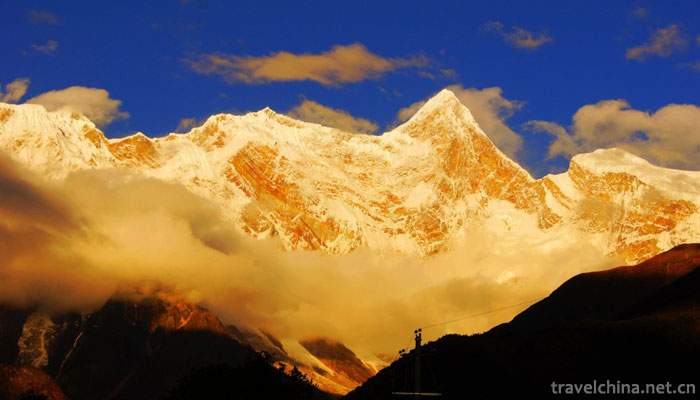
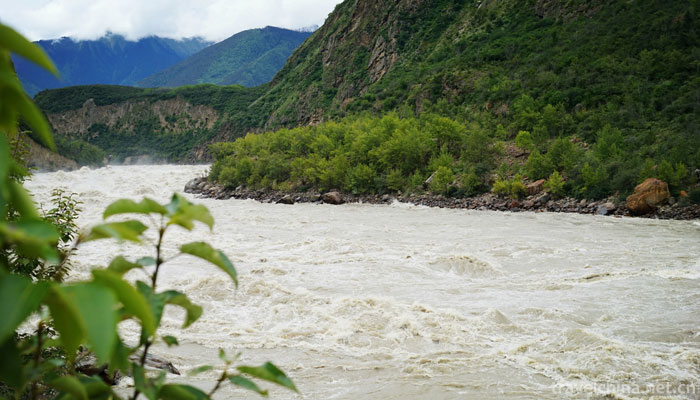
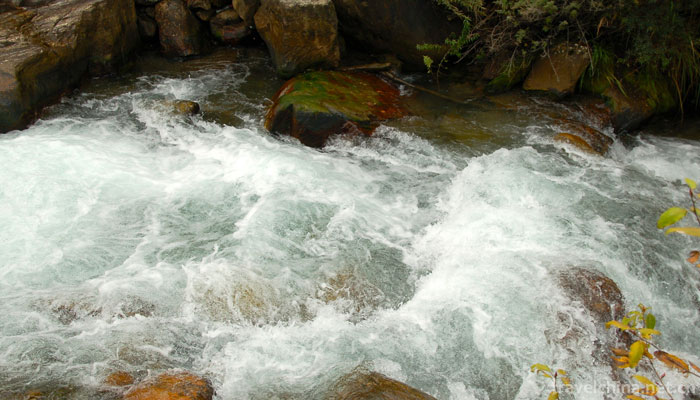
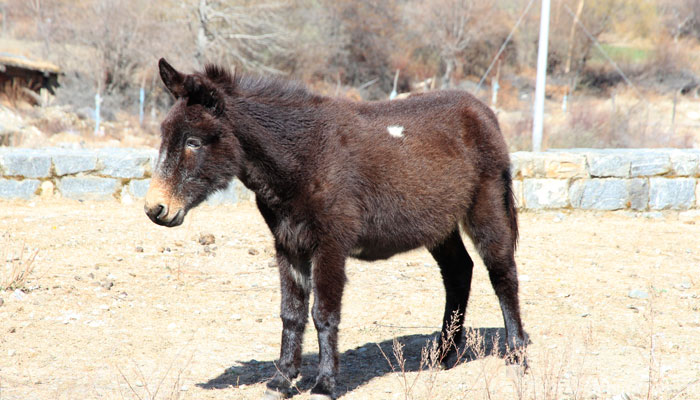
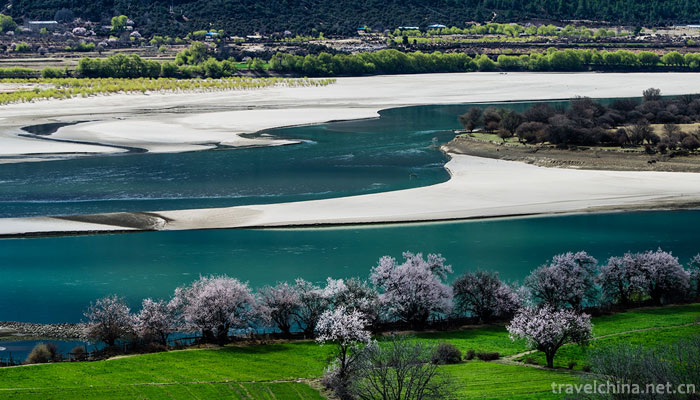
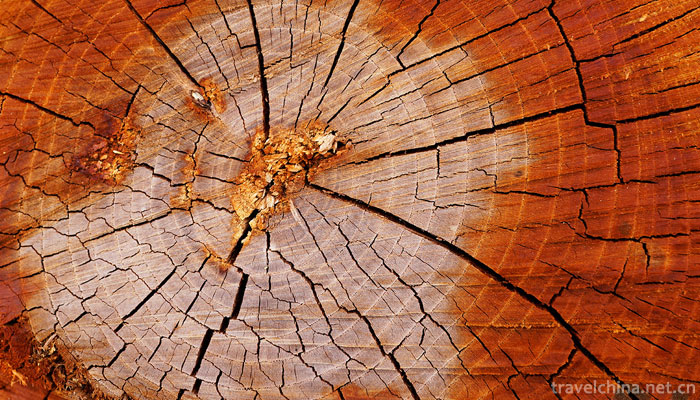
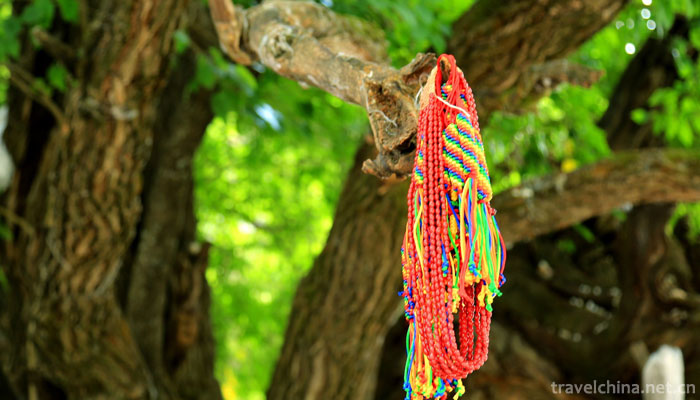
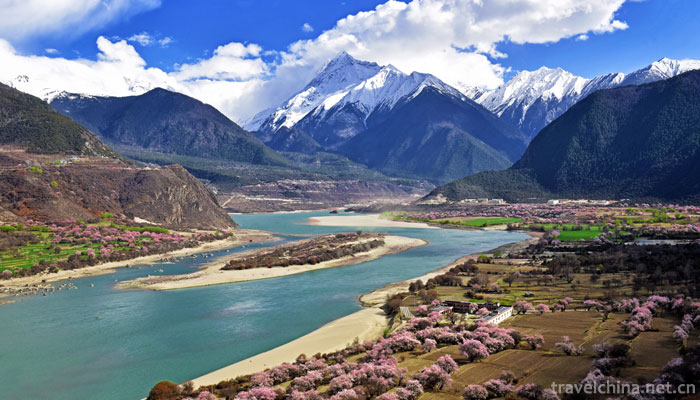
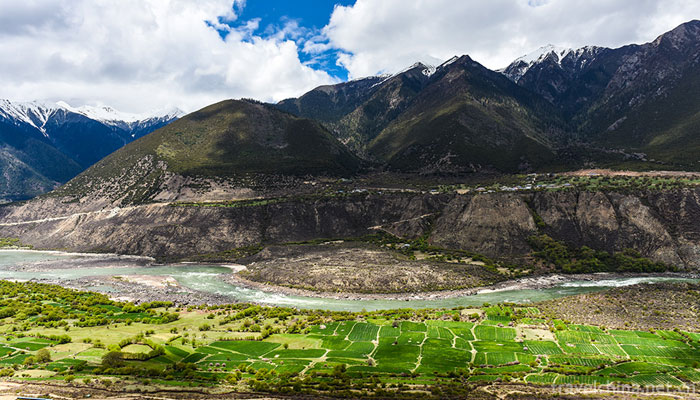
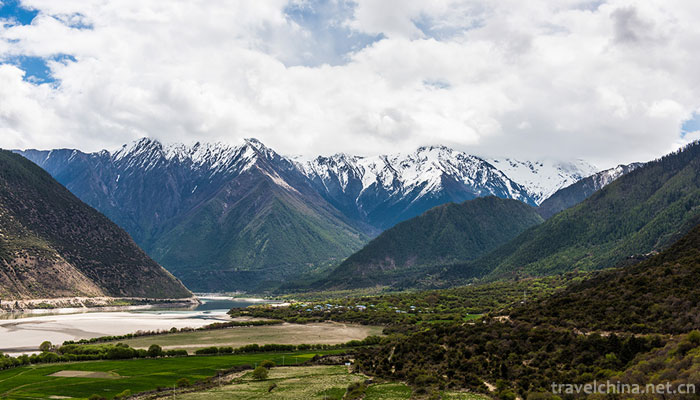
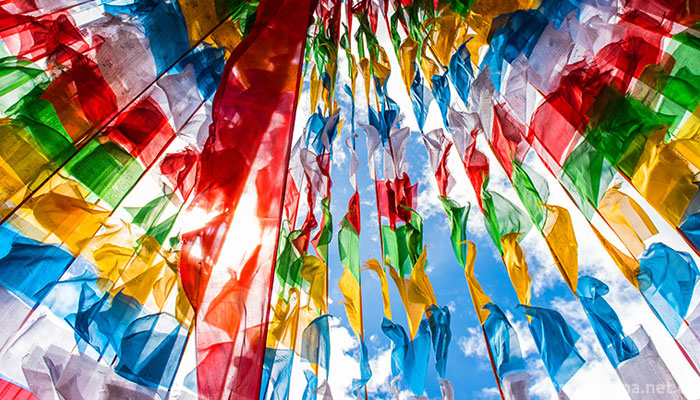


Ask a Question
Your email address will not be published.
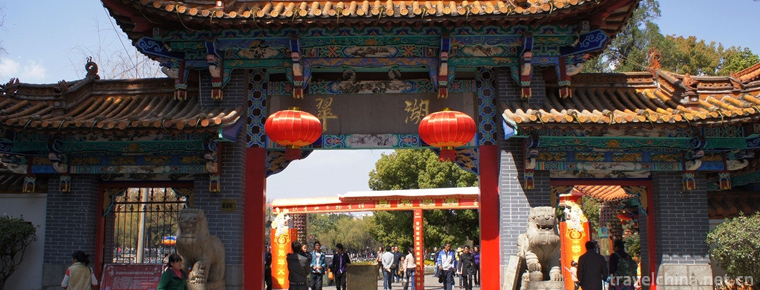

0 Questions